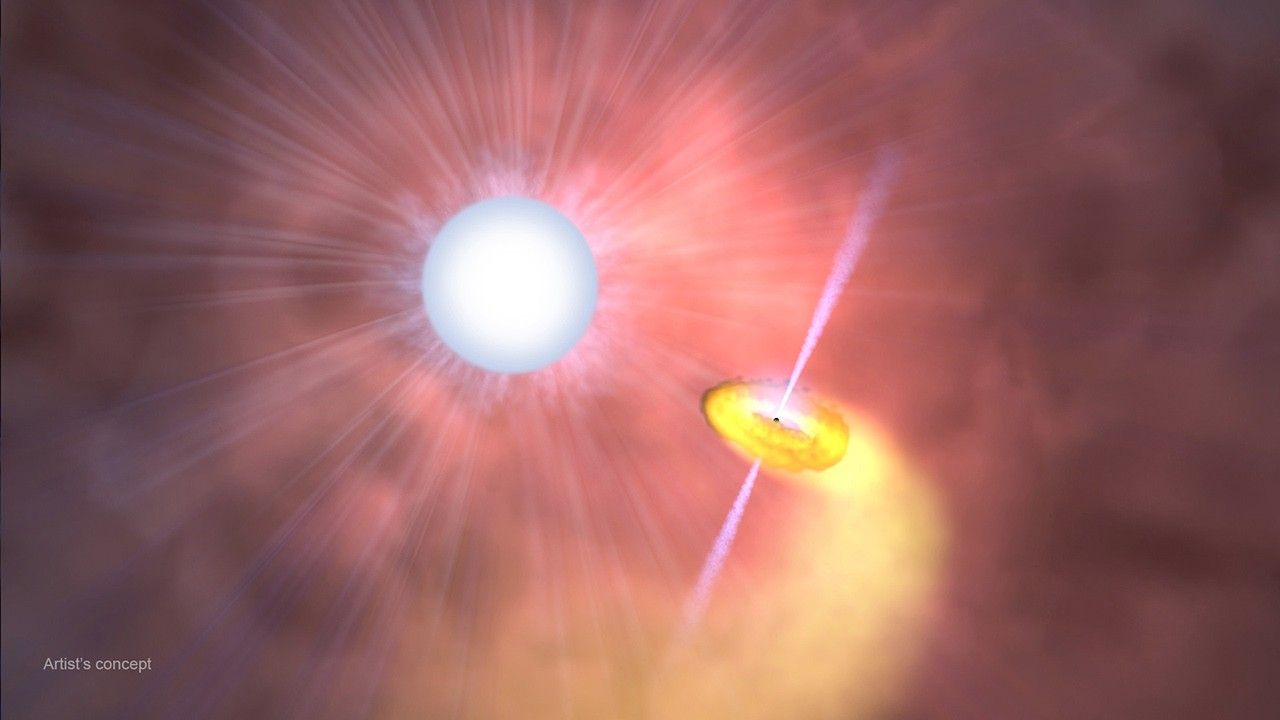
EG-0092-01
Two X-29 aircraft, featuring one of the more unusual designs in aviation history, were flown at NASA Ames-Dryden Flight Research Facility (now Armstrong Flight Research Center) at Edwards Air Force Base, California. The demonstrators investigated advanced concepts and technologies during a multi-phased program conducted from 1984 to 1992. The program provided an engineering database that is available for the design and development of future aircraft.
The aircraft’s forward-swept wings were mounted well back on the fuselage, while its canards (horizontal stabilizers to control pitch) were in front of the wings instead of on the tail. The complex geometries of the wings and canards combined to provide exceptional maneuverability, supersonic performance and a light structure. Air moving over the forward-swept wings tended to flow inward toward the root of the wing instead of outward toward the wing tip as occurs on an aft-swept wing. This reverse airflow kept the wing tips and their ailerons from stalling at high angles of attack (direction of the fuselage relative to the air flow).
The fighter-size X-29 also explored the use of advanced composites in aircraft construction; variable camber wing surfaces; the unique forward-swept wing and its thin supercritical airfoil; strake flaps; close-coupled canards; and a computerized fly-by-wire flight control system to maintain control of the otherwise unstable aircraft.
Research results showed that the configuration of forward-swept wings, coupled with movable canards, gave pilots excellent control response at up to 45 degrees angle of attack, higher than comparable fighter aircraft. During its flight history, X-29s were flown on 422 research missions. Aircraft No. 1 flew 242 in the Phase 1 portion of the program; 120 flights were flown by aircraft No. 2 in Phase 2; and 60 flights were completed in a follow-on “vortex control” phase…Learn more





























